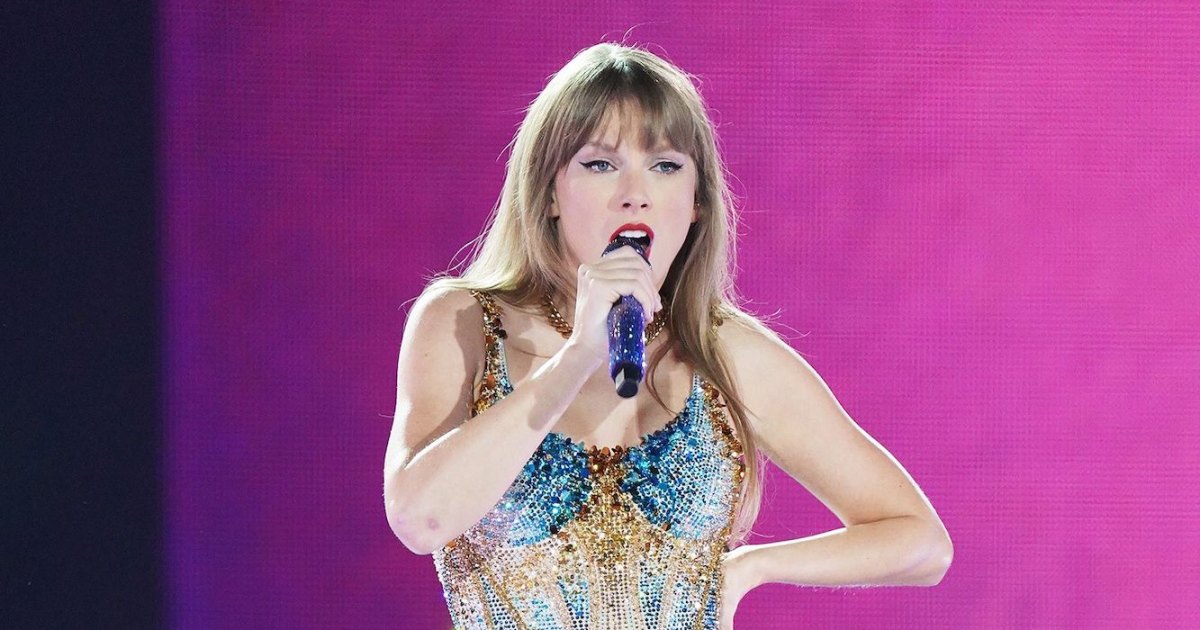The UK government borrowed £139.2bn in the 2022-23 financial year, significantly less than official forecasts, in a development that opens the way to possible tax cuts later in the year.
The borrowing figure, published by the Office for National Statistics on Tuesday, was £13.2bn less than forecast last month — largely because of lower than expected public spending.
The ONS estimated that public spending for the financial year was £17.2bn below the Office for Budget Responsibility’s predictions — despite subsidies to household and company energy costs worth £41.2bn.
In a response to the figures, Jeremy Hunt described the level of support through the energy crisis last year as “eye-watering”, blaming the subsidies for an £18.1bn rise in the level of borrowing compared with 2021-22.
But Ruth Gregory, deputy chief UK economist at Capital Economics, said the improvement in the government’s finances would tempt the chancellor to offer giveaways in his Autumn Statement later this year.
“With the next election fast approaching, we wouldn’t be at all surprised to see a further fiscal loosening,” she said.
The upturn was even more striking, since government borrowing for March had reached the second highest level for the month since records began in 1993.
Tuesday’s figures show the government reduced the country’s fiscal deficit from a peacetime record of 15 per cent of gross domestic product in 2020-21, when the pandemic forced huge support for families and companies, to 5.5 per cent in 2022-23.
However, they also reveal that government revenues were £4.1bn lower than the OBR forecast for 2022-23.

This suggests that while revenues surged more than 10 per cent in 2022-23 on the back of an economic recovery and high inflation, economic performance was not as buoyant as the fiscal watchdog had expected.
Government borrowing is expected to fall significantly in the current financial year as the government scales back energy subsidies, lower inflation reduces the burden of servicing government debt and taxes continue to rise. But the OBR does not expect the deficit to fall below £100bn until 2024-25 at the earliest.
The government’s target is to bring borrowing below 3 per cent of GDP within five years. The OBR expects this target to be met relatively comfortably with borrowing falling to 3.1 per cent of GDP by 2024-25 on the back of public spending restraint and higher taxes.
Some economists are sceptical that borrowing will fall as expected over the next two years. Samuel Tombs, chief UK economist at Pantheon Macroeconomics, said borrowing was likely to settle around 4 per cent of GDP. “The Conservatives likely will loosen fiscal policy in 2024 in the run-up to the next general election, which must be held by January 2025,” he said.
New figures on the government’s balance also showed the public sector had significantly more liabilities than it had assets.

The ONS said the public sector’s net worth was in deficit by £605.8bn at the end of March, indicating that the government’s debts exceeded its assets, including all of the non-financial assets, such as roads and buildings it owns.
The last time that net worth was in surplus was in 2009-10, but the economic difficulties since the financial crisis, including the pandemic, have left debts now far in excess of assets with public sector net worth further deteriorating by £70.6bn in 2022-23.


























































![Mason Ramsey – Twang [Official Music Video] Mason Ramsey – Twang [Official Music Video]](https://i.ytimg.com/vi/xwe8F_AhLY0/maxresdefault.jpg)





















